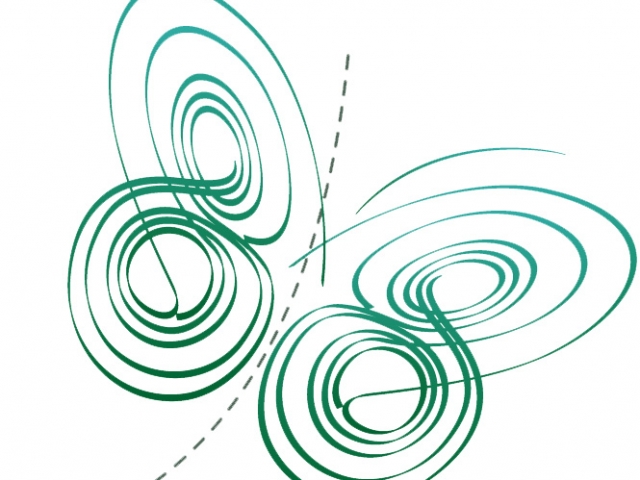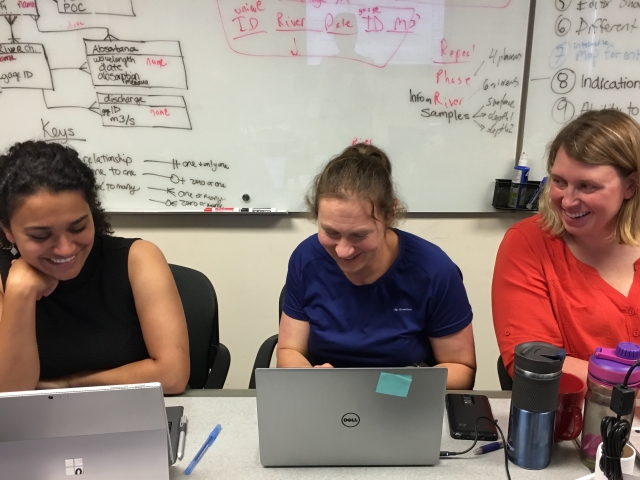About Us
Transforming Environmental Science.
Accelerating Discovery.
Generating Solutions.
NCEAS conducts transformational science focused on informing solutions that will allow people and nature to thrive.
We are an independent research affiliate of the University of California, Santa Barbara, with a global network and impact.
Our Mission
We work to accelerate scientific discoveries that will enhance our understanding of the world and benefit people and nature, as well as to transform the scientific culture to be more open, efficient, and collaborative.
We do this by:
-
Enabling collaborations between the brightest minds in the environmental sciences
-
Conducting breakthrough science that is grounded in big-picture thinking
-
Improving analyses through computing innovations that increase the (re)usability of data
-
Partnering with agencies and organizations that can help put the science to action
-
Training and inspiring generations of scientists to practice synthesis and open science
Our Work
-
-
-
Training
We build researchers' capacity in synthesis and data science through our Learning Hub.
Learn more
Our Core Values
The following core values guide our work and mission:
Collaboration. We believe collaboration is necessary to understand the complexity of today’s environmental challenges and to seek solutions that will meet the needs of humans and nature.
Inclusivity and Fairness. We believe science must be inclusive and fair, supporting the full diversity of people and ideas that are critical to the integrity and progress of the institution. Learn more about our commitment to inclusivity.
Transparency. We believe science must operate in a transparent way, making data and knowledge accessible and free both within the scientific community and to the greater public. Cultivating an open culture in science is important not just for advancing scientific knowledge but also for fostering public trust in it.
Our History
Established in 1995, NCEAS was the first synthesis science center in the world. We pioneered the movement toward this collaborative approach to science and have helped build a community of scientists around it.
-

Why the butterfly?
The butterfly in our logo alludes to the Lorenz attractor, a butterfly pattern created by the computation of mathematical equations that are part of chaos theory. It visualizes the idea that small changes can have widely differing and sometimes big outcomes, an idea applicable to the study of nature. Our logo also pays homage to the iconic Monarch butterfly, populations of which overwinter in our home, Santa Barbara, California.



